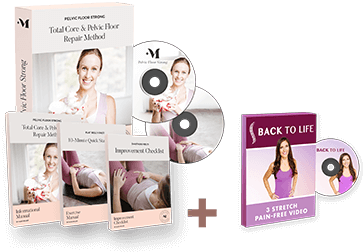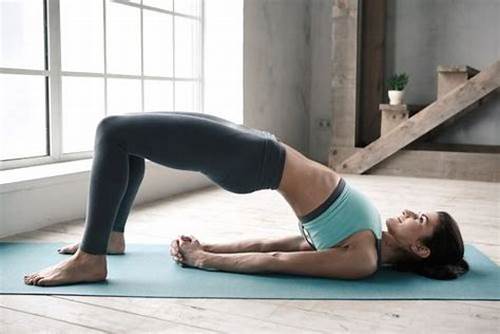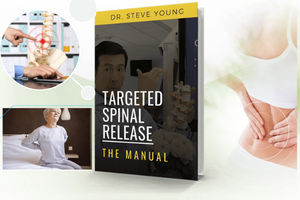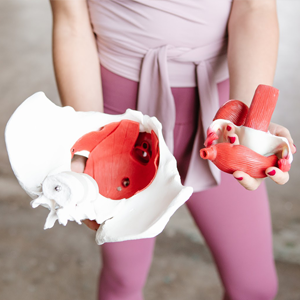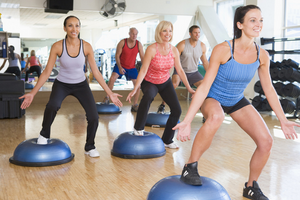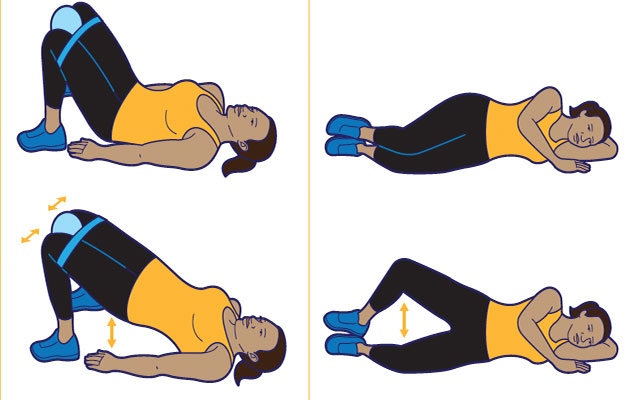11 Tips For Beginner To Practice Pelvic Floor Exercises At Home
Pelvic floor exercises, also known as Kegel exercises, are essential to maintain the health of the pelvic floor muscles. Here are 11 tips for beginners to practice pelvic floor exercises at home:
-
Focus on tightening only your pelvic floor muscles and avoid flexing the muscles in your abdomen, thighs, or buttocks. Also, breathe freely during the exercises. Repeat three times a day. Aim for at least three sets of 10 to 15 repetitions a day. [[1]]
-
Pelvic floor muscle training is better than hypopressive exercises in pelvic organ prolapse treatment. Pelvic floor muscle training is an effective treatment option for pelvic floor disorders. [[2]]
-
Always check with your doctor or pelvic floor physical therapist prior to beginning any new exercise routine. It is essential to ensure that the exercises are safe and appropriate for your individual needs. [[3]]
-
Start with beginner-level exercises that teach you to find and properly activate your pelvic floor muscles while guiding you through simple exercises to practice. [[4]]
-
Learn to contract (lift and squeeze), relax (back to resting), and gently bulge (similar to releasing to urinate or have a bowel movement without straining) your pelvic floor muscles. All three phases are important for the overall health of the pelvic floor muscles, but for beginners, it is best to focus on the contraction part. [[5]]
-
Lie on your back with your knees bent and feet flat on the floor to practice pelvic floor exercises. Contract your buttocks and slowly lift your hips off the floor. Hold for a few seconds and release. Repeat for several repetitions. [[6]]
-
Watch videos or attend pelvic floor physical therapy sessions to learn the correct technique for pelvic floor exercises. Pelvic floor physical therapists can teach you specific exercises to address your individual needs. [[7]]
-
Avoid exercises that place repeated pressure on your pelvic floor, like fast running or jumping. Be cautious with certain abdominal exercises when you're not able to maintain good posture. If you need help modifying your routine or developing a new one, see a physical therapist for suggestions. [[8]]
-
Incorporate exercises that strengthen the abs, backs, glutes, and hips to provide stability to the pelvic floor, such as bird dog. Start on your hands and knees in a table-top position. Stack your shoulders over your wrists and spread your fingers wide. Stack your hips over your knees and keep your toes untucked. [[9]]
-
Practice breathing exercises to improve the coordination between the pelvic floor and the respiratory diaphragm, which is essential for pelvic floor muscle health. On inhale, the diaphragm moves down, and the pelvic floor should follow by dropping to ensure the pressure in the trunk is regulated. On exhale, both diaphragms passively recoil coming back up and in. [[10]]
-
Consistency is key. Make pelvic floor exercises a part of your daily routine to see the best results. It is essential to continue exercising regularly to maintain the strength and health of the pelvic floor muscles.








